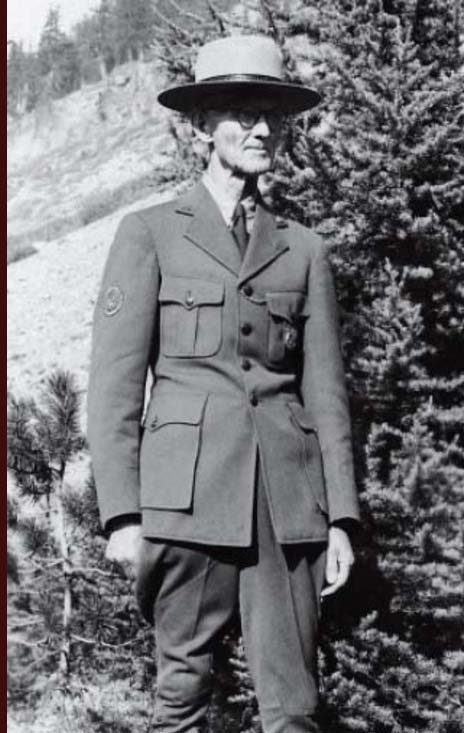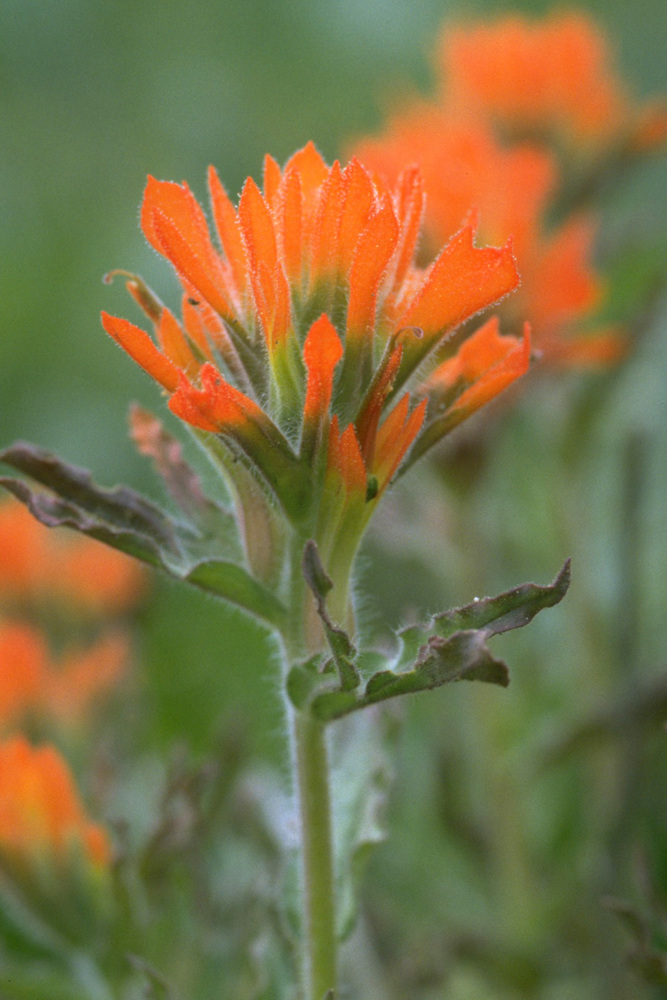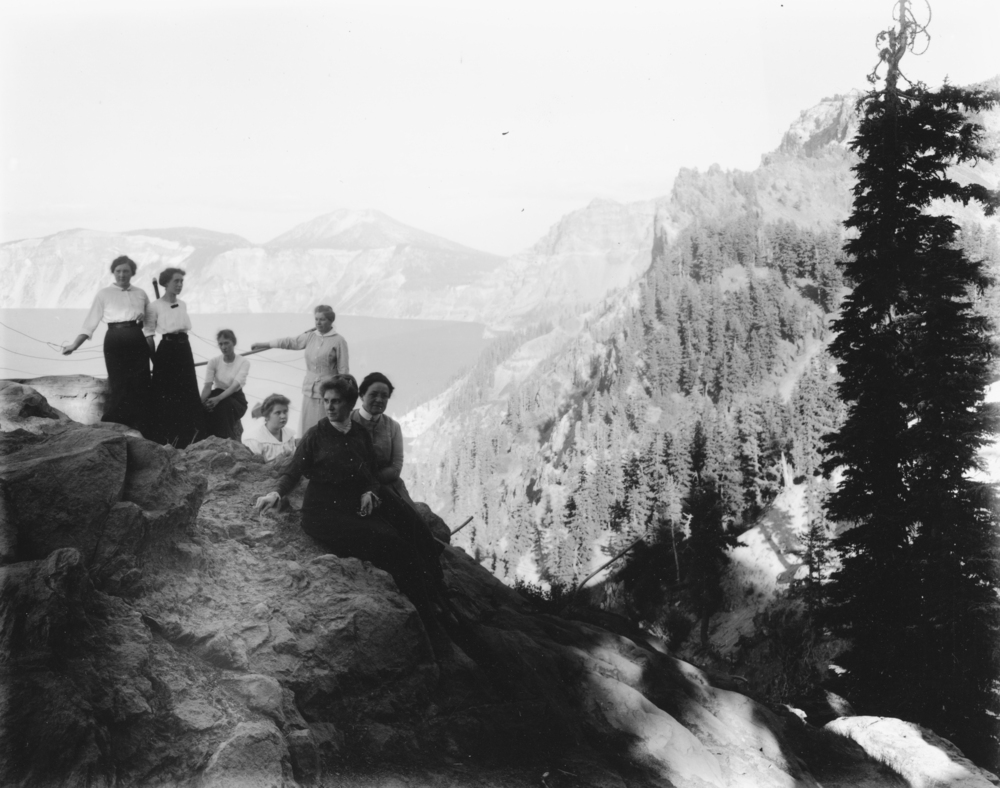Elmer Ivan Applegate was an important early Oregon botanist best known for his monograph of trout lilies (Erythronium) and for his role in organizing the Klamath Irrigation District. He was born near Ashland, March 31, 1867, of pioneer stock; he was the grandson of Lindsey Applegate, wagon train leader and trail blazer in the "Great Migration" of 1843. The eldest of six children (two boys and four girls) born to Lucien Applegate and Margaret Grubb, Elmer was two when the family moved to the Brookside Ranch in the Upper Swan Lake Valley east of Klamath Falls.
The family spent many winters in California where the children received high school and university educations and musical training. They spent summers on their 5,000-acre ranch where Elmer learned the ways of ranching and horse packing. He took up botany at an early age and collected a great number of unnamed plant species in his boyhood hobby.
His formal botanical education was at San Jose Normal School in 1894, and Stanford University, 1895. He put his botany and ranch experience to good use when, between 1896 and 1898, he spent five months of every year with Frederick Coville of the US Department of Agriculture doing plant surveys in the Cascade Mountains from Klamath Falls to Portland. During the winter of 1898, he worked in Washington, D.C., putting their plant collections in order. Their collections are deposited in the US National Herbarium.
In 1899, Elmer married Esther Emily Ogden, niece of the early Hudson's Bay Company explorer Peter Skene Ogden. They had no children. She was a talented watercolorist who painted the specimens her husband collected. Esther also accompanied Ivan on field trips. The couple lived in Klamath Falls where they had a small farm until her death in 1931. In the intervening years, Elmer was an organizer and the first secretary of the Klamath Irrigation District and was involved with the Western Reclamation Association, an organization of local land owners to convert non-agricultural land to agricultural production.
His botanical achievements were considerable. He was appointed honorary acting director of the Dudley Herbarium, Stanford University, between 1928 and 1938. Oregon State College (later OSU) awarded him an honorary Doctor of Science degree in 1940. He also served (beginning at age 67) as a National Park Service ranger-naturalist at Crater Lake National Park from 1934 until 1939.
Applegate wrote a monograph of Erythronium, a member of the lily family, and authored books on the floras of Crater Lake National Park and Lava Beds National Monument. During the course of his botanical career, he published botanical names for twelve plant species and had four plants named in his honor by other botanists.
Applegate was plagued by poor eyesight most of his life, the reason for his short tenure as a student at Stanford University. Once, while botanizing at Crater Lake, he lost his glasses at the bottom of Annie Creek canyon and spent the night in the wild when he could not find his way out. After that, the Park Service would not let him go out by himself. He was in his sixties at the time.
Applegate spent his later years living with his sisters in Williams, Oregon. He died November 16, 1949, and was buried in Klamath Falls beside his wife. Elmer Ivan Applegate made the transition from amateur to respected professional botanist—a true example of Oregon pioneer spirit.
-
![]()
Elmer Applegate during his tenure with the National Park Service.
Courtesy Crater Lake National Park Museum and Archive Collections
-
![]()
Wavyleaf Indian paintbrush (Castilleja applegatei), named for Elmer Applegate.
Courtesy U.S. Bureau of Land Management
Related Entries
Related Historical Records
Further Reading
Applegate, E. I. "The genus Erythronium: a taxonomic and distributional study of western North American species." Madrono 3:58-113. 1935.
Applegate, E.I. "Plants of Crater Lake National Park." American Midland Naturalist 22:225-314. 1939.
Applegate, E.I. "Plants of Lava Beds National Monument, California." American Midland Naturalist 19:334-367. 1938
Lang, F.A. "Elmer Ivan Applegate (1867-1994): The Erythronium Man." Kalmiopsis 10: 3 - 12, 2003.



